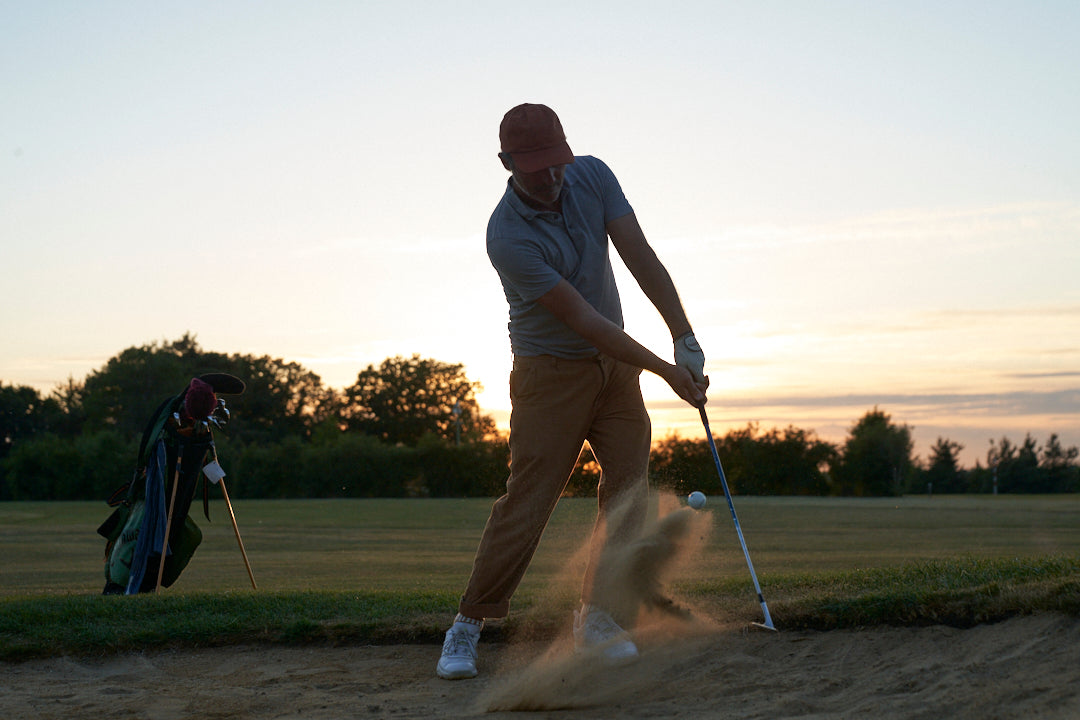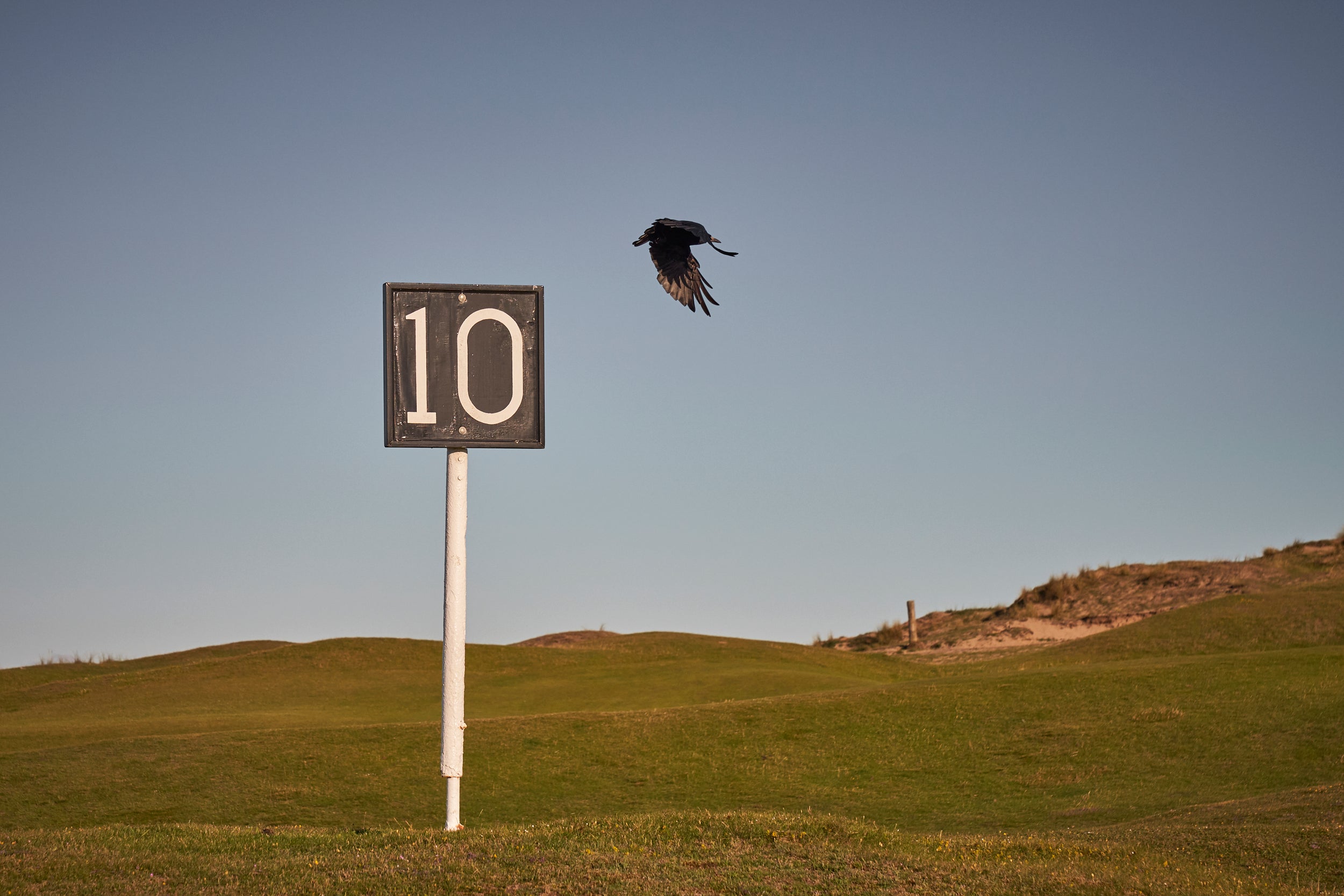A couple of summers ago, I was lucky enough to be playing golf at Muirfield. My host at this great club was The Colonel – a military man, as the name suggests, and one of those relationships that you’d only ever have because of a shared love of golf.
As we were walking down the 11th hole – the only blind tee shot on the storied links – he explained something very interesting to me. In the early 1900s and through the Golf Age of course design, blind tee shots were considered something of a delicacy.
Most men of that time had done national service. That meant that they had developed the art of assessing the land in front of them using the naked eye. They had a far more evolved ability to understand how far they stood from specific reference points, and therefore where they needed to aim a shot when the fairway or green wasn’t in view. Alistair MacKensie himself was a master of camouflage, having served in both the second Boer War and World War One.
In the modern game, golfers seem to view any kind of blind shot as unfair. It makes me wonder what other skills golfers have lost because of the modern obsession with ‘fairness’, and the march of technology that now runs through every aspect of the game.
The widespread use of rangefinders or GPS devices has created a generation of players unable to hit a shot without an exact yardage. In recent months I’ve made a conscious effort to leave the rangefinder in the bag – and it’s a pleasant surprise to see how good we can be at judging distance the old-fashioned way. Self-sufficiency is a key part of golf’s character, and I love the challenge of trying to figure things out without assistance.
Today’s so-called ‘game improvement irons’ have a bulbous, round sole and a hard metal face that’s supposed to make the game easier. But however well intentioned, this technology makes it harder for the player to discern a great strike from an average one – removing the feedback loop that’s an essential part of how we learn. It’s just one more example of how the modern golf industry is sucking the magic out of the game in the name of progress.
I’ve been in the golf business for more than 20 years now, and for most of that period it has felt like the march of technology was inexorable. But in recent years, there seem to be more and more golfers interested in re-connecting with a more natural game – whether that’s an appreciation for classic course design, playing with a half-set or persimmon woods, or simply embracing the game as an escape from the pace of modern life, rather than an extension of it.
We created Sounder to celebrate a more authentic and soulful version of the game that we love. We always knew that we weren’t the only ones. And if you’re still reading at this point, there’s a fair chance that you’re one of us too. Welcome to the club.
Read more

From lapping up freebies to talking about feelings – "social media influencer" turned mental health campaigner Ryan Curtis shares the story of The Club and The Club Talks.

Playing golf is hungry work. Jon Davie gets the lowdown on the best dining experiences from across the golfing world.




